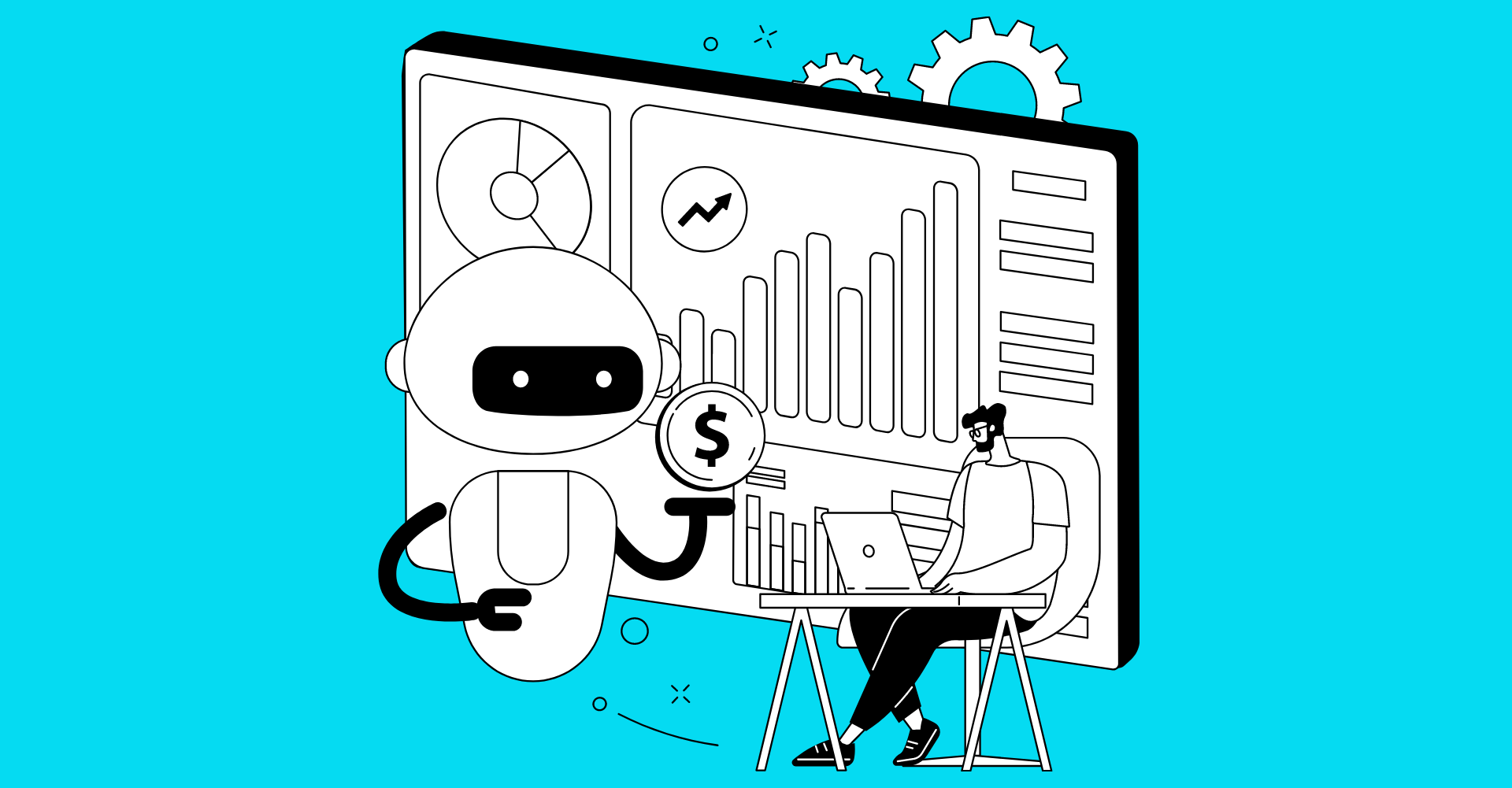Imagine a world where software molds itself perfectly to your needs, anticipating your next click and adapting to your unique workflows. This isn’t science fiction; it’s the promising future of bespoke software, a landscape being radically reshaped by the dynamic duo of direct user input and the burgeoning power of artificial intelligence.
For too long, off-the-shelf solutions have forced users into rigid boxes, demanding compromises and workarounds. While these general-purpose tools offer broad functionality, they often lack the nuanced features and tailored experiences that truly drive productivity and innovation. Bespoke software, crafted for specific requirements, offers a compelling alternative, but traditional development can be time-consuming and expensive. This is where user input and AI step in as transformative forces.
The Power of Direct User Input: Beyond Feature Requests
The future of customization goes far beyond submitting feature requests to a distant development team. It envisions a more direct and iterative relationship between the user and the software creation process. Imagine interfaces that actively solicit feedback in real-time, learning from your interactions and preferences.
- Adaptive Interfaces: Software could dynamically adjust its layout, menus, and even functionality based on how you use it. Frequently accessed features could surface automatically, while less used options fade into the background, creating a truly personalized workspace. For instance, a graphic designer who primarily works with vector images might see those tools prominently displayed, while someone focused on photo editing would have a different set of defaults.
- Natural Language Customization: Instead of navigating complex settings menus, users might be able to customize their software through simple, natural language commands. Imagine saying, “Show me a dashboard with only sales data for the last quarter” or “Create a report summarizing customer feedback from yesterday.”
- Collaborative Design: Users could actively participate in the design process through intuitive visual tools, directly shaping the features and workflows that matter most to them. Think of it as co-creating your ideal software, providing immediate feedback and seeing changes reflected in near real-time.
AI as the Architect of Bespoke Experiences:
While direct user input provides the “what” of customization, AI offers the “how,” acting as an intelligent architect that can translate user needs into functional software in unprecedented ways.
- Intelligent Feature Suggestion and Generation: AI algorithms can analyze user behavior, identify patterns, and suggest features that would enhance their workflow, even ones the user might not have explicitly considered. In more advanced scenarios, AI could even generate basic code modules based on user descriptions or examples.
- Automated Personalization: AI can continuously learn from user interactions, automatically fine-tuning software settings and behaviors to optimize individual experiences. This could range from adjusting notification preferences based on usage patterns to proactively offering relevant information or tools based on the current task.
- Predictive Customization: By analyzing historical data and user trends, AI could anticipate future needs and proactively customize the software environment. For example, if a sales professional has a crucial client meeting scheduled, the CRM system might automatically surface relevant account information and talking points.
- AI-Powered Development Tools: AI can assist developers in creating more customizable software by automating repetitive coding tasks, generating UI elements, and even identifying potential areas for personalization. This can significantly reduce development time and cost, making bespoke solutions more accessible.
The Symbiotic Relationship:
The true power of the future lies in the synergy between user input and AI. Users provide the crucial context and specific requirements, while AI acts as the intelligent engine that translates these needs into a tailored software experience. This creates a virtuous cycle of continuous improvement and adaptation, where the software evolves in tandem with the user’s changing needs.
Challenges and Opportunities:
Of course, this future isn’t without its challenges. Ensuring data privacy, maintaining security in highly customized environments, and developing intuitive interfaces for complex customization options will be crucial. However, the opportunities are immense. More efficient workflows, increased productivity, enhanced user satisfaction, and the ability to create truly innovative solutions tailored to unique challenges are all within reach.
Conclusion:
The future of bespoke custom software development is bright, driven by a powerful combination of direct user input and intelligent AI. By empowering users to actively shape their software and leveraging AI’s ability to learn, adapt, and even generate code, we are moving towards a world where technology truly serves the individual, unlocking new levels of efficiency and innovation. The era of one-size-fits-all software is fading; the age of truly bespoke experiences is dawning.


